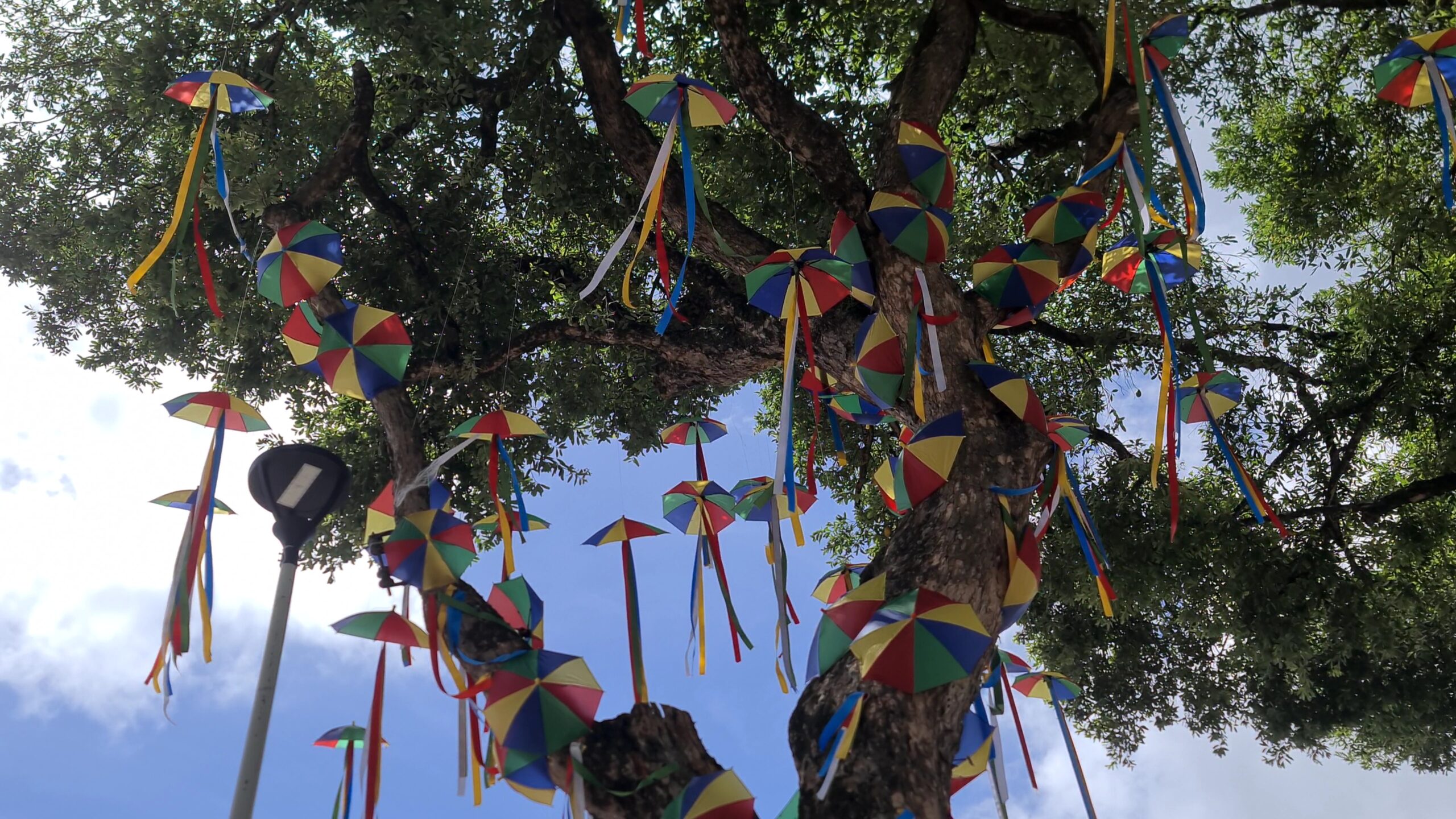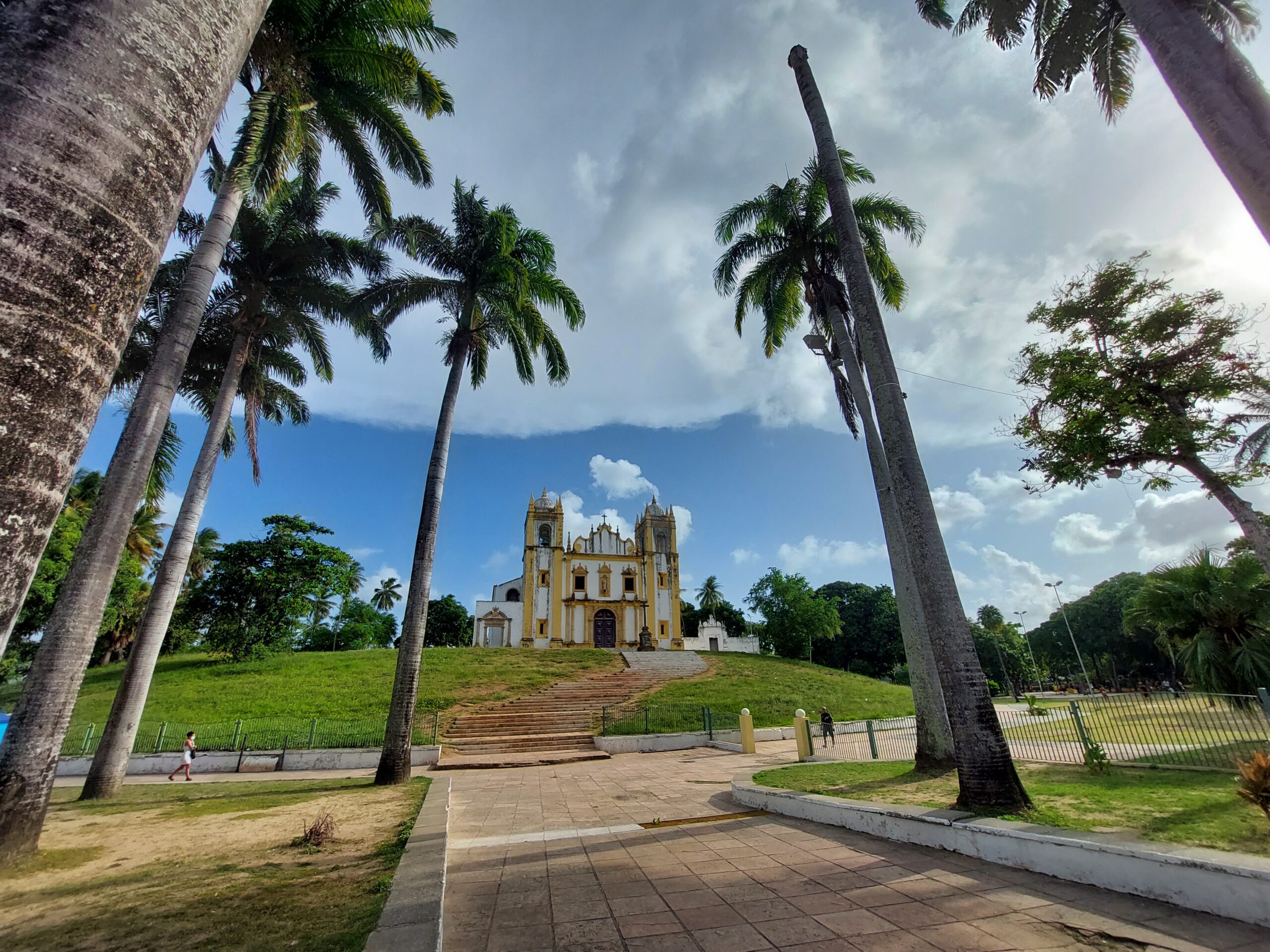For many, traveling is a long list of destinations to check off. Taking photos of the most important landmarks, entering the most iconic museums, and trying the most typical dishes are certainly interesting, but it’s not the same as knowing a place. Being interested in the local culture, the lifestyle of the inhabitants, and resting is impossible with the traditional tourism mindset, which involves rushing from point A to point B. Unlike traditional travel, slow travel allows you to know your destination and disconnect truly. Slow Traveling: What is it? Let’s find out the answer!
In this blog post:
Slow Traveling: What is it?
Slow travel encourages travelers to take their time. There’s no need to rush around; you go at your own pace to discover your destination, which also allows for genuine rest. After all, you’re on vacation!
In this way, you gain a better understanding of the place you’re visiting, not just a superficial view. You have the time to really get to know the place, learn about social, political, and economic issues, learn more about the local culture, and savor all the cuisine.
Another characteristic of slow travel is that it’s a highly beneficial travel style for the planet and local communities. Indeed, since you move less and spend more time in the same places, you take fewer flights and prioritize less polluting transportation means like buses and trains.
Furthermore, since the duration of your stay in a place increases, you spend more money on-site, especially in shops and restaurants run by locals. You’re contributing to the local economy, which helps improve the living conditions of the communities in that location.
Slow Travel vs. Traditional Travel
Traditional tourism is still the most common, as travelers only have a few days a year to explore the world. Therefore, they go from one place to another following a predetermined itinerary, using the fastest means of transportation. They visit each site in a few hours, and focus only on the most famous monuments or museums.
Slow travel is different because it encourages travelers to immerse themselves in their destination, taking the time to live like a local. It emphasizes connecting with locals to have unique experiences all while taking the time to savor each moment and rest.

Advantages of Slow Traveling
Opting for slow travel is beneficial for the planet, local communities, and especially for the travelers themselves. Here’s a brief list of the benefits that slow traveling can bring you:
1. Better understanding of the destination. Instead of superficially visiting your vacation spot, you have time to get to know it better. This goes beyond just monuments or museums; you learn more about politics, culture, living conditions, and more.
2. Meeting new people. With time on your side, you’re more open to chance encounters. This lets you experience the destination from the inside, expand your circle of friends, and create unforgettable memories.
3. Living in the moment. Since you don’t have to constantly think about your schedule, you’re more present in the current moment. This allows you to be more at ease and fully enjoy what you see, feel, taste, or hear.
4. Saving money. Traveling less means you have time to establish a real routine. You can cook more and dine out less frequently. Furthermore, you can exchange taxis or Ubers for buses or cheaper local transportation.
5. Reducing stress. Slow travel allows you to listen to your body and mind. You travel at your own pace, doing only what you want to do, as you no longer have a checklist to tick off.
How to Practice Slow Traveling?
What’s interesting about slow traveling is that everyone has their own way of implementing it. However, if you’re not sure where to start, here are some tips from my own experience to help you on your first time:
- Create a short list of activities or landmarks. The key is not to stress yourself out. Of course, you’ll want to visit the iconic places and try the typical dishes, but keep the list to a minimum!
- Establish a routine. To live like a local, transpose the life you’d have at home to your new destination. Plan time slots for your meals, hobbies, and visits, and stick to them.
- Live like a local. Shop at the local market, have your coffee at the same place every morning and opt for the bus for transportation. This way, you’ll get into the shoes of the locals and discover the place with authenticity.
- Stay with locals. Nothing beats slowing down and immersing yourself more than staying with locals. It’s also perfect for making your first friends and not feeling alone.
- Engage in activities that ground you in the present moment: Each morning, for example, you can meditate, do yoga, or journal to prepare yourself to live in the present moment.
5 Slow Traveling Destinations
Clearly, you can practice slow travel anywhere, as it’s mainly a mindset and making the right decisions to slow down. However, here are 5 destinations I recommend for a slow travel experience.
Northern Spain
If you enjoy being close to nature, northern Spain is perfect. You slow down between mountains and beaches while savoring delicious dishes made from fresh, local products. Asturias, Galicia, Cantabria, and the Basque Country are ideal destinations. Cities like Bilbao, A Coruña, or Santander are also good options for slowing down in an urban setting.
Oaxaca State
Oaxaca State is perfect for those who want to experience a typical Mexican city and small villages by the beach. In Oaxaca, gastronomy expresses itself in a thousand delicious dishes, and art holds an extremely important place. On the coast, you can take the time to live by the beach in Puerto Escondido or Mazunte, among others.
Rio de Janeiro
For those who love the city but also natural places to relax, Rio de Janeiro is an excellent choice. Its famous beaches and beautiful mountains allow you to disconnect from the urban chaos whenever you need. Moreover, Brazilians know how to take their time to enjoy life and live in the present moment. You just have to follow them!
La Lorraine
Unlike other regions in France, Lorraine is a less touristy area. Nevertheless, it hides important craftsmanship, natural places to disconnect, and cities with a lot to offer in terms of architecture, like Nancy or Metz. The pace of life here is much calmer than in Paris or Marseille, making slow travel easier.
Cape Verde
The archipelago off the coast of Senegal is also an excellent option for practicing slow travel. You’ll take the time to discover this country during long afternoons on the beach, savoring its simple yet delicious cuisine and appreciating the cultural scene. The slow pace of transportation and service will help you immerse yourself in the slow travel mode.
Slow traveling: what is it? I hope I’ve answered this question and provided you with the key points to try out this lifestyle on your upcoming vacations.
If you think this article could help other travelers, feel free to share it on Pinterest!







